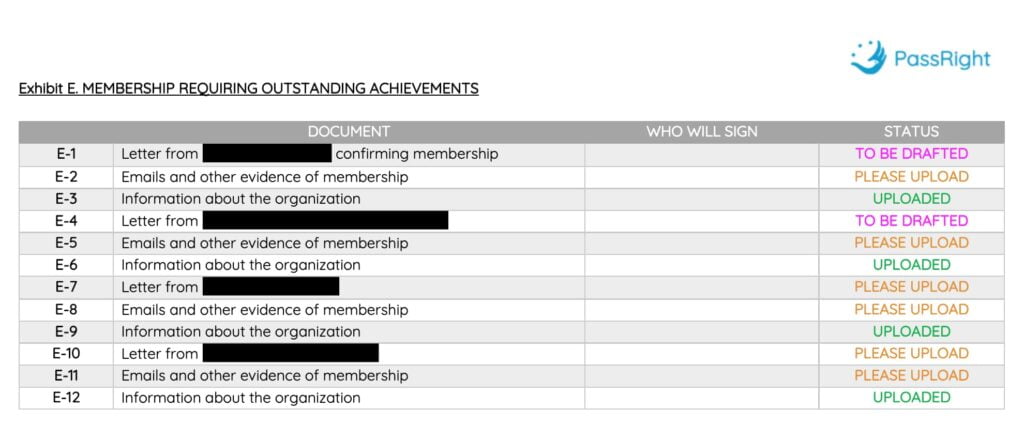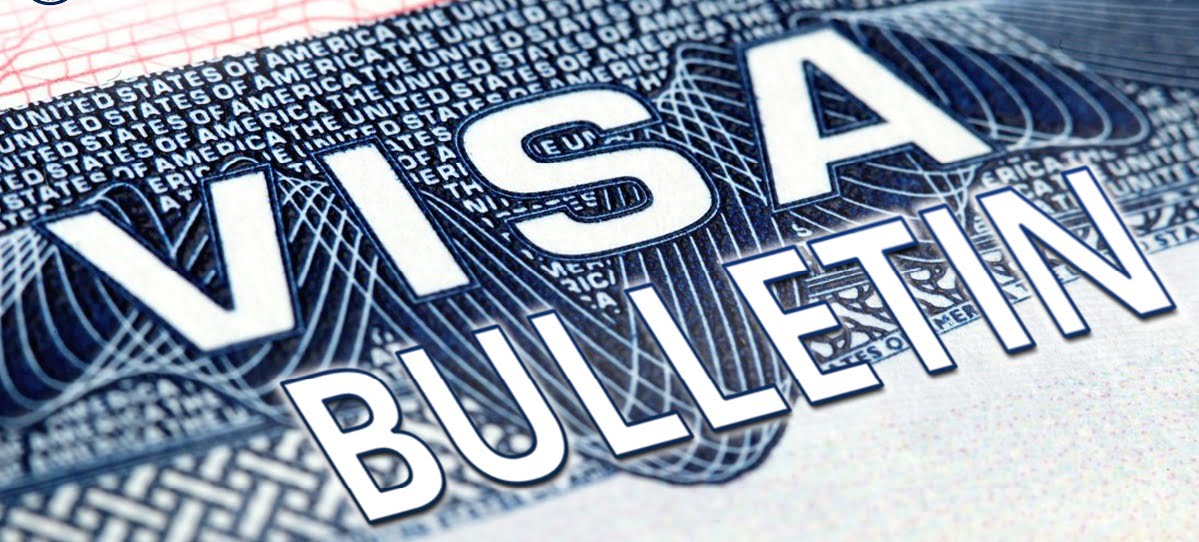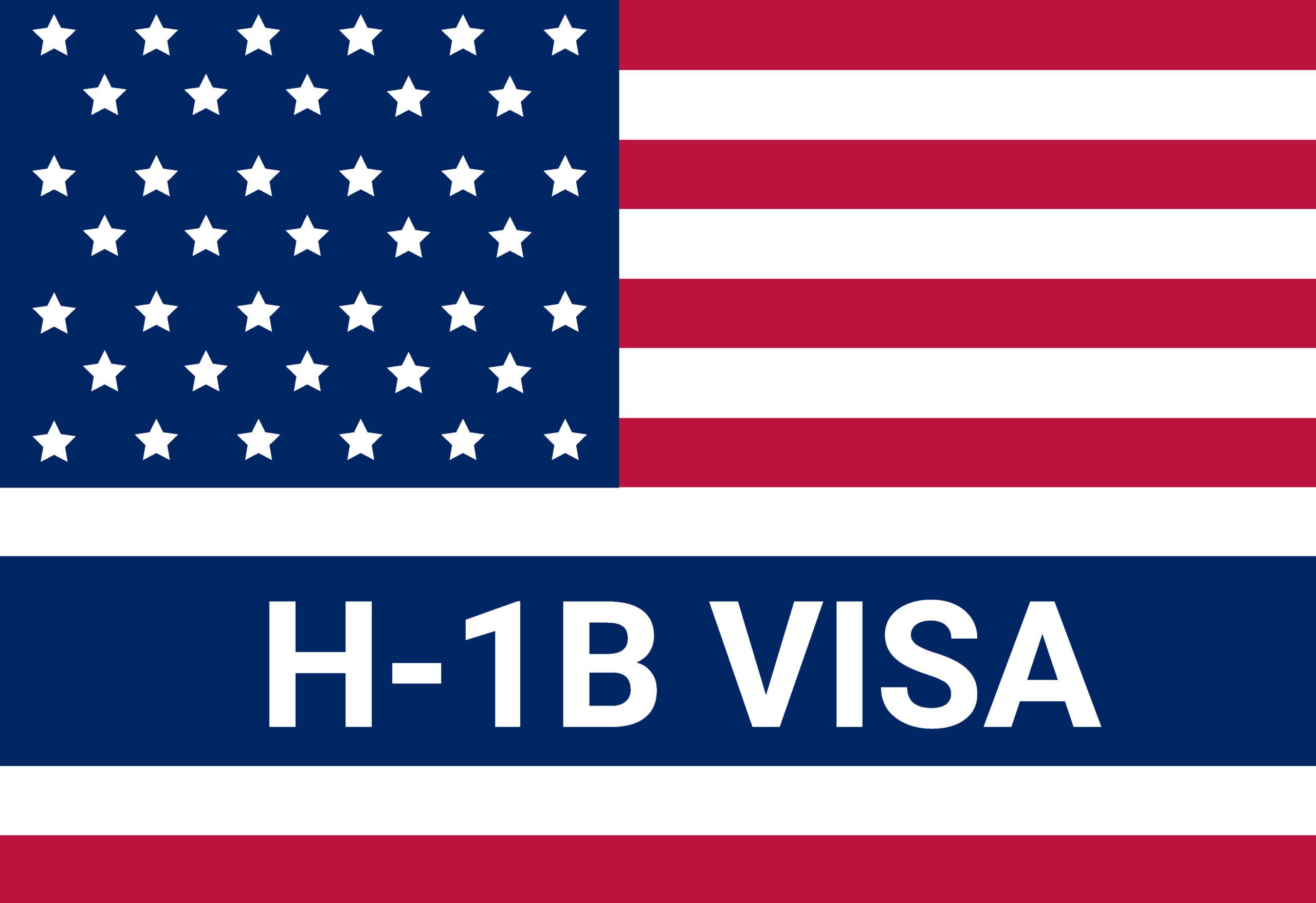As an expert in your field you are entitled to apply for both: O-1 visa, if you plan just a temporary relocation to the US, as well as for a Green Card (EB-1A, EB-2 NIW), if you decide to become a permanent resident
To make this decision a number of factors need to be taken into consideration, like your long and short term goals, country of origin, eligibility and timelines or simply taxes.
Let’s get started with a short explanation of differences between an O-1 visa and a Green Card, as this is one of the most common questions I hear from our clients during the consultations.
Which one is better?
There is no straightforward answer to this question as the number of factors that play an important role.
I would ask you a few questions to understand which one might be a better path for you due to personal reasons:
⦁ Do you have an employer in the US or do you plan to start your own business?
⦁ How fast do you need to relocate to the US? Is there any urgency in the relocation?
⦁ Are you relocating on your own or will your family join you? If yes, is it important for your spouse to work?
⦁ Have you decided that you want to relocate for a longer term or this is a test and you will decide at the later stage?
All these questions will lead us to understand better where we are in terms of your personal needs, then obviously we need to evaluate how strong your case looks as of today, what can be done in the next few months to make your case stronger and then finalize the decision which path we should take.
Let me first explain why I asked you the above questions without even getting into the eligibility for the O-1 visa or a Green Card.
⦁ Do you have an employer in the US or do you plan to start your own business?
You need to have a company that will sponsor your visa. It can be a company that you will join as a regular employee. But it can also be the company you co-founded. If this is the case, it’s best if you own less than 50% of the shares or there is a Board of Directors established. This is important to prove that the relationship between the employer (your own company) and the employee (you) exists. If you do not have an employer the EB-1A might be a good option as it’s a self petition and you do not need a sponsoring company.
⦁ How fast do you need to relocate to the US? Is there any urgency in the relocation?
This question is important as it very often identifies which path we take.
O-1 visa can be processed fairly fast, it takes approx. 2 months to prepare the case (if you are fully qualified and we do not need to guide you for more evidence to make your case stronger, if we do it’s around 3-4 months, but this really depends on you and how much time you can devote to the process). Processing with USCIS might be fast as well if we choose the premium processing (USCIS offers us two options: regular processing or a premium processing. Regular processing means that USCIS might take as much time as they wish to review the case, it can be 2 month but it can also be 6 months. The good thing is that we can always upgrade it to premium processing. Premium processing gives us an assurance that USCIS responds within 15 days). Of course, we also need to add a time to attend the visa interview at the US embassy to the whole picture, which can vary depending on the country. Unless you are already in the US and you apply for the change of status. However, in most cases, even in COVID times, we can get it within 6 months.
If the client tells me that there is no urgency in the relocation, and they probably would prefer to move in around 2 years or even more, we can definitely explore the Green Card path and skip the O-1 visa, as long as we have enough evidence to support our petition.
Important note, O-1 visa has a dual intent, so in even if we applied for the EB-1A and the client is in the process of getting a Green Card via consular process, we can apply for the O-1 visa in the meantime, if the plans have changed and the applicant needs to relocate asap.
⦁ Are you relocating on your own or will your family join you? If yes, is it important for your spouse to work?
O-1 visa does not grant the authorization for work to the spouse of the O-1 applicant. Spouses and children get the O-3 visa, but if the work authorization is important, we either need to search for a different option for a spouse, or perhaps consider the EB-1A and wait with the relocation.
⦁ Have you decided that you want to relocate for a longer term or this is a test and you will decide at the later stage?
This is also important to know, many clients in my office say “I am not really sure how much time I want to spend in the US”, if that is the case, we normally go first via O-1 so they can get chance to explore the US and eventually we apply for the EB-1A at the later stage.
Once the above questions are answered we need to focus on the eligibility for the O-1 or EB-1A. These are very similar and that confuse applicants a lot, as immigration law in general is very confusing, especially when it comes to Green Card processes. But let’s get back to eligibility, despite the fact that the criteria are similar it does not mean that they are the same. Also, the level of scrutiny from the US officer is not the same. O-1visa is a visa, it’s temporary, normally granted for 3 years. EB-1A/EB-2 NIW is a Green Card, granted for 10 years. Thus, officers really look at these petitions differently. We want to have very impressive evidence to win both, but for the EB-1A the evidence should be stunning!
When we start working with our clients, the first thing we do is the eligibility report (we call it STAGE 1 of the case preparation). It focuses on the evaluation of all the evidence that:
⦁ we have as of today
⦁ is available, however, needs to be found as it was lost ,
⦁ it will be easy to develop in the next few months (mostly joining organizations for memberships, events for judging and creating presence online through articles published about the applicant)
⦁ setting the complete strategy for the case (starting from how your position will be presented, through salary or location of the office)
This document is a complete framework of your future O-1 or EB-1A application. It lists all the documents that will become a part of your application and at this stage we know how strong the application will look and how much time we need to prepare it.
Some clients do this process (Stage 1 – evaluation) just to understand where they are today and how they can get to the Green Card/O-1 stage in the future, so in the next few months/ years they can focus on the evidence that will be really helpful for their future application. For others, as soon as Stage 1 is complete we immediately start with the Stage 2 – preparation of the petition.
Here is a small example of how it looks like:


We will be very happy to help you understand which option is best for you and conduct such evaluation. Please contact us.
FAQ
Is it possible to submit to O-1 and EB-1 simultaneously?
Yes, but this is not recommended. It’s best to have one pending petition at the time. For example for the O-1 with premium processing and one approved and if there is enough evidence, submit the EB-1A. If there is a situation where the I-140 of the EB-1A has been approved and we are in the process of I-485 and still waiting for the EAD, we can file for the O-1 so that the applicant can start working asap.What factors prevent you from getting an O-1 visa?
There are no such factors unless you are qualified for the O-1 visa. Please remember that the spouse of the O-1, O-3 visa holder does not get a work permit.How long can I stay in the United States on an O-1 visa?
Normally your I-129 (a form that is used when we submit an O-1 application request with USCIS) will be approved for 3 years, however, the visa (the one you get in the passport during the O-1 visa interview) depends on the US officer and the country’s relationship to the US. Normally it’s approved for 3 years, but there are countries like China or Brazil, where the visa is approved for 3 months only, but I-129 for 3 years. This means that when you enter the US, you get the I-94 for 3 years, but if you leave the US, you will need to attend the visa interview again to get a new O-1 visa in your passport.Can I change my O-1 status to Green Card?
You can apply for the Adjustment of Status. This is a totally separate process and does not depend on your O-1 status, but yes, you can do it while you are in the US on the O-1 visa.
Read also:









